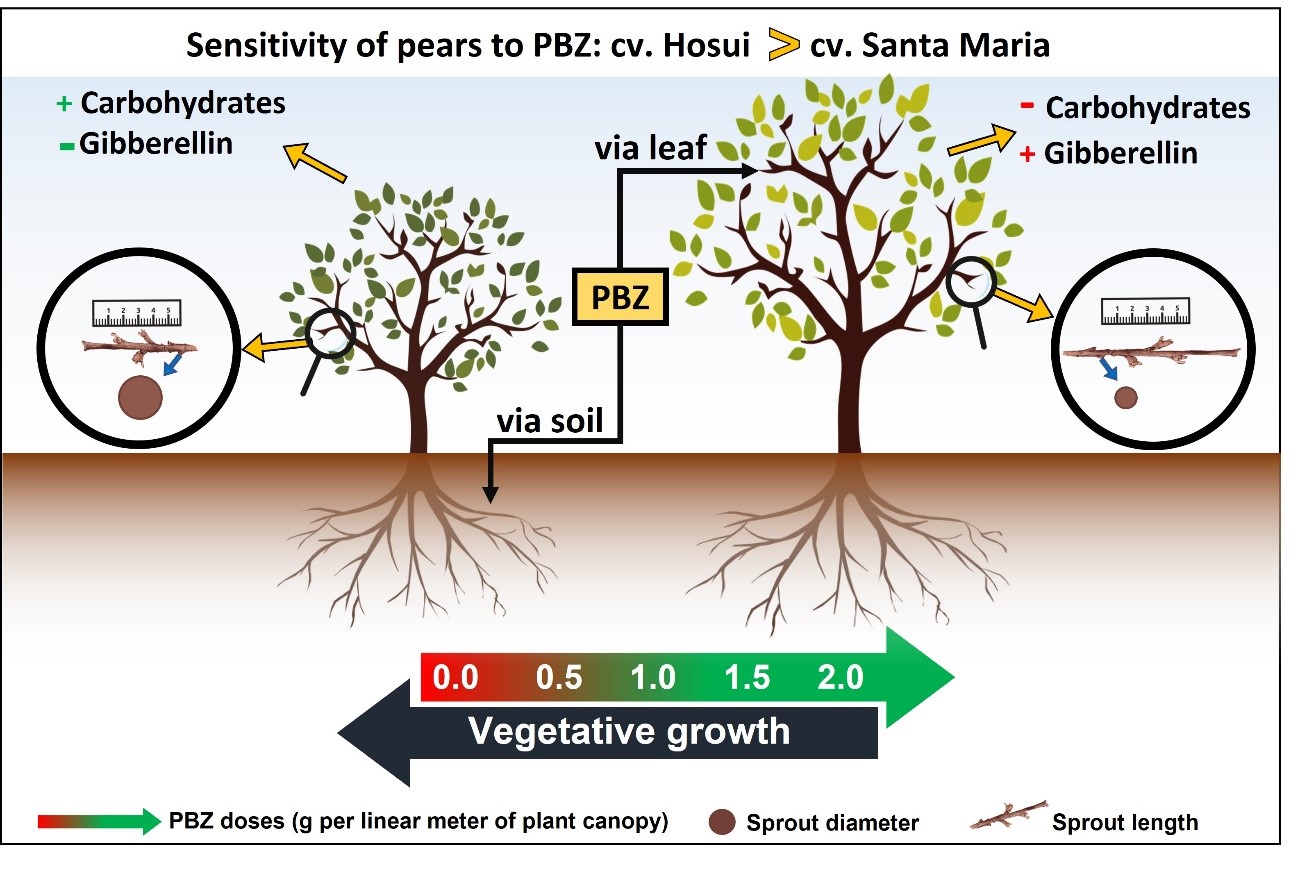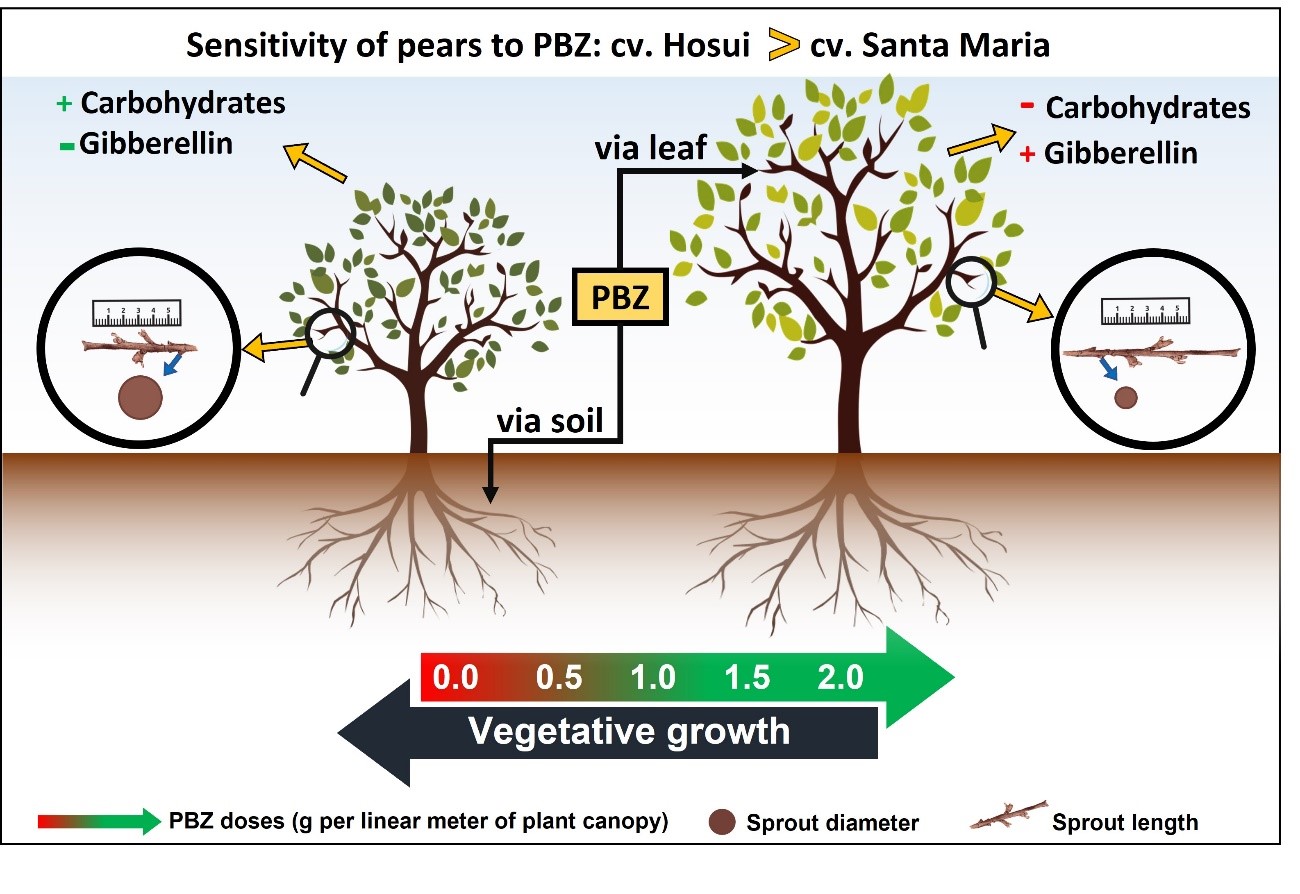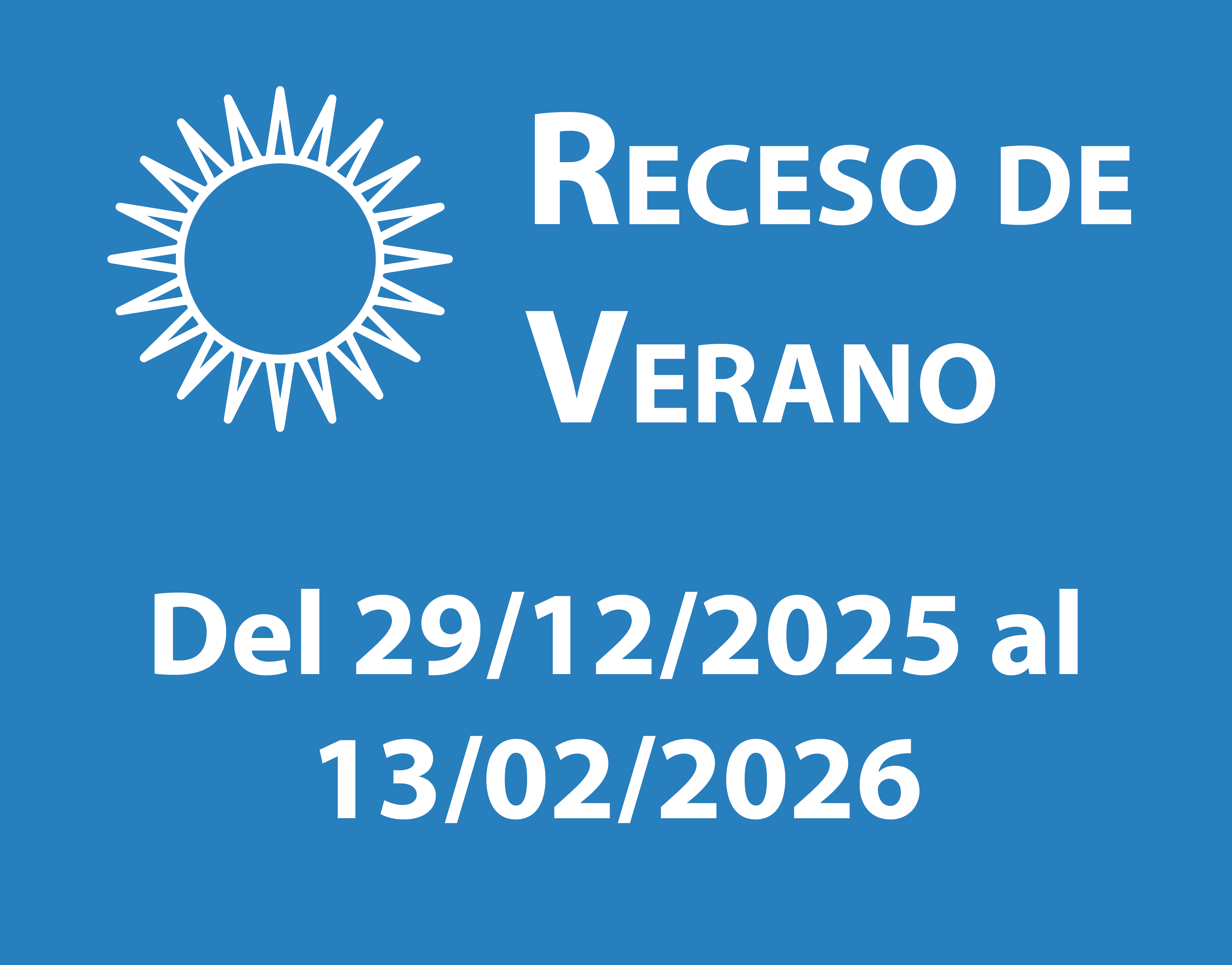Impact of paclobutrazol on gibberellin-like substances and soluble carbohydrates in pear trees grown in tropical semiarid
DOI:
https://doi.org/10.48162/rev.39.064Palabras clave:
Pyrus sp., regulador del crescimiento, ácido giberélico, PBZResumen

Given that Brazilian pear production is unable to meet the annual demand, to consider the possible expansion to non traditional growing regions, turns interesting. Even though under tropical semi-arid conditions pear trees have vigorous vegetative growth, a negative influence on flower bud differentiation and formation affects fruit yield. Our study aimed to evaluate the inhibition efficiency of paclobutrazol (PBZ) on gibberellin biosynthesis, vegetative growth, and carbohydrate production in two pear-tree
cultivars (‘Santa Maria’ and ‘Hosui’) grown under semi-arid conditions. To this end, two experiments were conducted, one for each pear-tree cultivar. The experimental designs consisted of randomized blocks, with factorial arrangement (5x2x4), corresponding to PBZ doses (0.0, 0.5, 1.0, 1.5, and 2.0 g per linear meter of plant canopy), PBZ application forms (soil and foliar), and evaluation dates (30, 60, 90, and 120 days after application). Both soil and foliar applications inhibited gibberellin biosynthesis in both cultivars, especially after 120 days of application. PBZ affected leaf total soluble carbohydrates and reduced sprout growth in both cultivars. Although PBZ can be potentially used in pear management, further studies are still required to determine specific management practices in tropical semi-arid zones.
Highlights:
- Inhibition of gibberellin biosynthesis is more efficient with soil application of paclobutrazol.
- Soil application of paclobutrazol results in greater production of carbohydrates.
- There is a difference in sensitivity to the effects of paclobutrazol among pear varieties.
- The non-application of paclobutrazol results in late maturation of the branches, compromising floral induction.
Descargas

Descargas
Publicado
Cómo citar
Número
Sección
Licencia
Derechos de autor 2018 Revista de la Facultad de Ciencias Agrarias UNCuyo

Esta obra está bajo una licencia internacional Creative Commons Reconocimiento-NoComercial-CompartirIgual 3.0.
Aquellos autores/as que tengan publicaciones con esta revista, aceptan las Políticas Editoriales.











.jpg)




